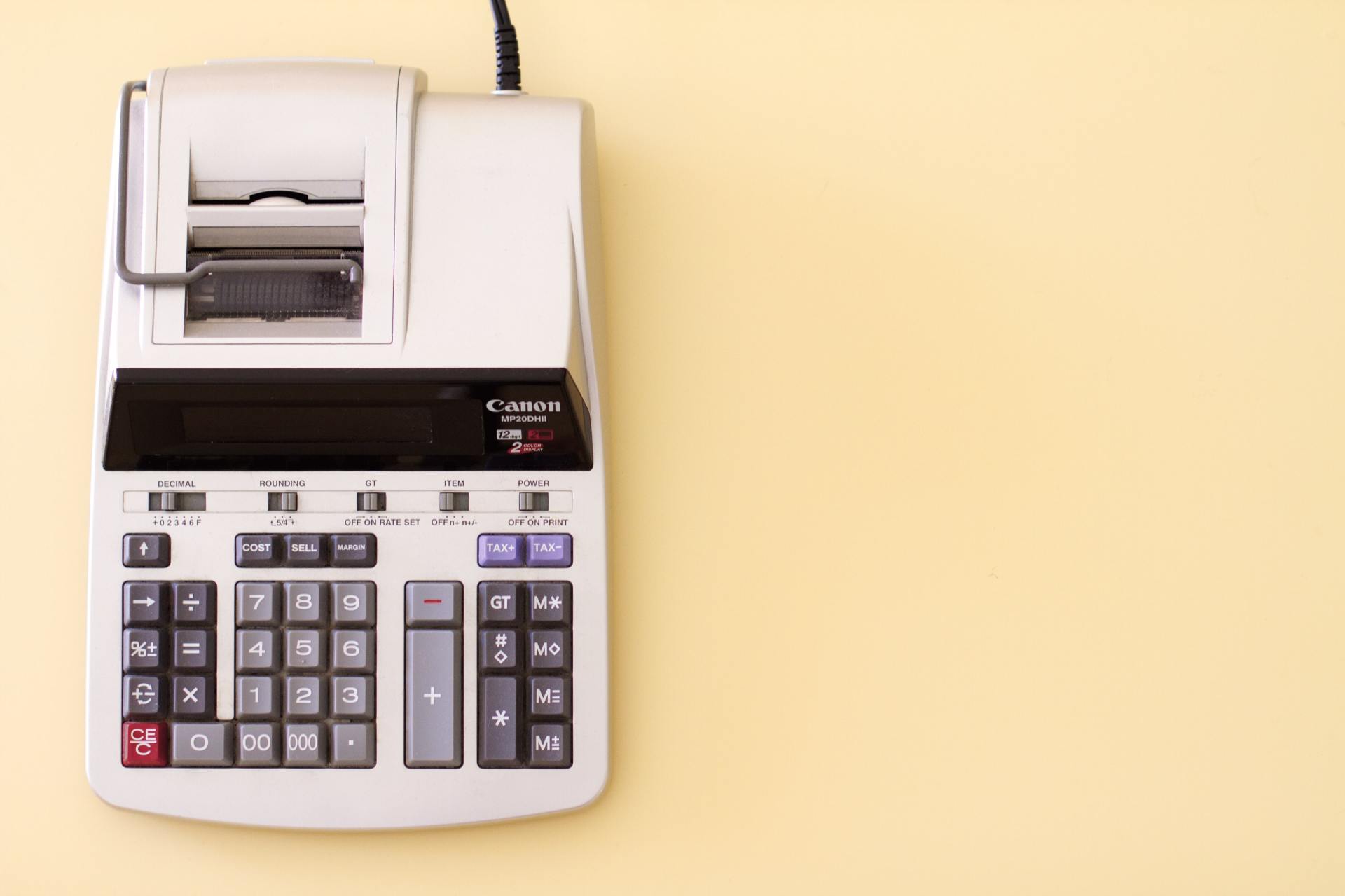Can Australia's property market survive a price fall?
Signs the nation's red-hot housing market of the last few years was starting to cool according to the Financial Review on June 29 2018.
Jacob Greber & Michael Bleby reported in the Financial Review that Landry and Kirsty Mungly aren't letting the deepening east coast property slump shake their confidence.
Instead, the professional couple have doubled down – parlaying a $160,000 capital gain over the last four years on their home in Clyde North, 60km south east of Melbourne, into a $900,000 purchase of a three-bedroom Mulgrave townhouse nearer the city's CBD that will halve their commute.
The trigger? Signs the nation's red-hot housing market of the last few years was starting to cool.
Landry and Kirsty, say the slowdown gave them a chance to upgrade more easily than would have been possible 12 months ago, when annual price gains in Melbourne were running at almost 14 per cent – a seven-year high.
"Homes were getting passed in or being sold in our range," Landry says. "There are opportunities in the market."
It's a bullish sentiment built on an often deep-seated notion that property downturns are nothing to be feared for long-term buyers. Indeed, they are to be expected and seized upon.
"Now is the time to jump up," says the Munglys' buyers' advocate Julie DeBondt-Barker, the director of agency Buyers Home Base.
"If you're quick you can cash in on the good equity you've made over the last four to five years and take that equity to move yourself closer to your desired location or your dream home."
Few people have had cause to genuinely question such advice. Strong population growth, a dearth of well-located homes near jobs and transport infrastructure, as well as ultra-easy monetary policy and a tax system that elevates home buying over pretty much any other form of investment have kept prices rising over the long run.
The "wealth effect" from all this price action has been considerable. It has inoculated Australians from much of the pain caused by the end of the resources boom.
But is all this breezy confidence justified? Is the current period of falling prices a temporary dip, or does it foreshadow something else more dramatic? Is the long bubble about to turn into the cataclysmic crash so frequently forecast by the doommongers?
Weekly auction clearance rates have collapsed in Sydney and Melbourne to well below 50 per cent from a very peaky 80 per cent rate a year ago.
Investor activity has contracted sharply, and the fallout is on display.
So far the price reversals that have happened have been reasonably orderly.
Something of an analysts' consensus has congealed around the idea the peak-to trough price fall will be no more than 10 per cent.
A key reason is that the nation's fast-growing population still doesn't have enough homes – Stephen Anthony at Industry Super Australia estimates the national shortage at around 350,000 dwellings, even after the recent surge in unit construction of the past three years.





